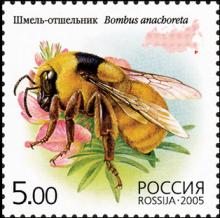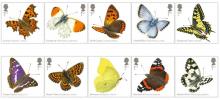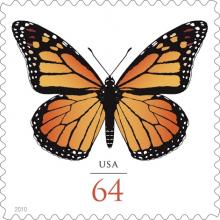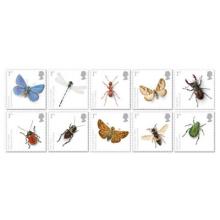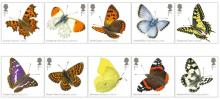Butterflies Are Vanishing Around the World
You do not need to be a naturalist to love butterflies. Dolly Parton sings about them. So does Miley Cyrus. Tracy Morgan says he used to be an angry young man in a cocoon, but “now I’m a beautiful black butterfly.” And the poet Robert Frost once celebrated the “blue-butterfly” days of spring. But hold the lyrics. The butterflies are vanishing, according to an article in this week’s edition of the journal Science, and it’s happening even in protected areas.


